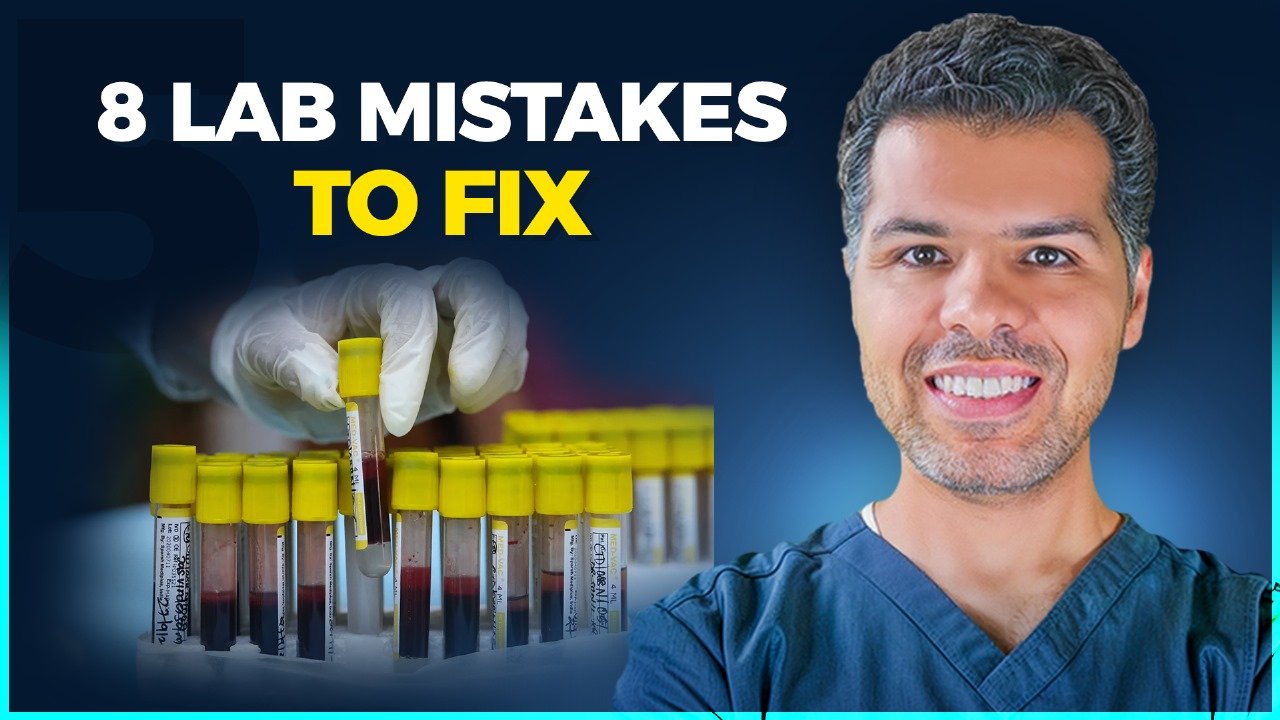The severity of hypercalcemia

If using the free or ionized calcium, check your lab reference for low or high free calcium.
Calcium and albumin
- 45-50% of calcium is bound to protein mainly albumin.
- 40-45% is free or ionized calcium.
- Total serum calcium level should always be corrected to albumin level.
- Correct total calcium level to albumin whether it’s low or high.
- There is no need to correct free calcium for albumin.
Clinical symptoms of hypercalcemia
Mild symptoms:
- Lack of concentration.
- Fatigue.
- Depression.
- Constipation.
Severe symptoms (More with acute rise):
- Confusion
- Decreased level of consciousness
- Polyurea and polydipsia
- Muscular weakness
- Nausea & vomiting
Treatment
Instruct all patients with hypercalcemia to:
- Low calcium diet ( < 1 gm/day ).
- Avoid medications that raise calcium levels ( Thiazides, calcium, vitamin D supplements, and lithium).
- Avoid dehydration.
Mild hypercalcemia:
- Total calcium level 10-12 mg/dl.
- Typically asymptomatic or mildly symptomatic.
- Outpatient management and follow-up.
Moderate hypercalcemia
- Total calcium level 12-14 mg/dl.
- Chronic + asymptomatic or mildly symptomatic: Outpatient management and follow-up.
- Acute rise is likely symptomatic and requires inpatient treatment similar to severe hypercalcemia (Compare to recent labs if available to find if it’s an acute rise or not).
Severe hypercalcemia

IV fluid
- 200-300 ml/hr x1-2 days.
- Isotonic solutions preferably 0.9 NS.
- Watch for signs of fluid overload.
Calcitonin
- Give a testing dose of 4 units/kg SQ/IM (Don’t use nasal spray).
- Repeat calcium level in 4-6 hours, if there is a response:
- Calcitonin 4 units/kg SQ/IM BID.
- Don’t use more than 2 days due to tachyphylaxis.
Bisphosphonate
- A single dose of zoledronic acid 4 mg IV.
- Or a single dose of Pamidronate 60-90 mg IV.
- Check renal function and vit. D level before therapy.
- Start vit. D supplements if there is a deficiency, otherwise a profound hypocalcemia can develop with therapy.
- Avoid using gif creatinine > 4.5, use Denosumab instead.
Second-line treatments
Denosumab
- Use if there is a contraindication to Bisphosphonate or refractory hypercalcemia
- A single dose of 60 mg SQ if used as an alternative to bisphosphonate.
- A single dose of 120 mg SQ if used for refractory hypercalcemia.
Loop diuretics
- Use:
- Instead of IV fluid in patients with hypercalcemia and fluid overload.
- In patients at risk of fluid overload once they are euvolemic.
- For acute therapy only.
Hemodialysis
Last resort for refractory or life-threatening hypercalcemia.
Glucocorticoids
- Use in:
- Malignancy-induced hypercalcemia.
- Hypercalcemia due to granulomatous diseases.
- Slow effect with onset of action in 2-5 days.
Monitoring during treatment
- Check calcium level in 4-6 hours then daily or every 12 hours.
- Monitor for:
- Resolution or improvement in signs & symptoms.
- Signs of fluid overload: stop fluids and start loop diuretics.






10 Medications You Must Master Before Your ICU Rotation
Positive troponins! MI or not?
Comprehensive Guide to Antibiotic Spectrum: Gram-Positive, Gram-Negative, and Anaerobic Coverage